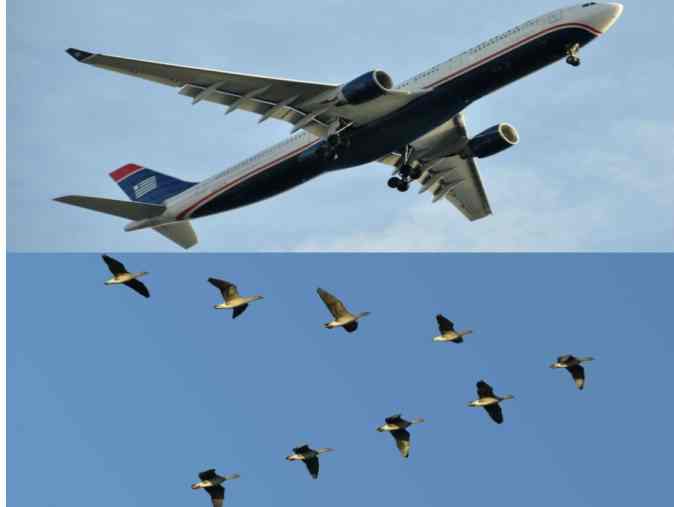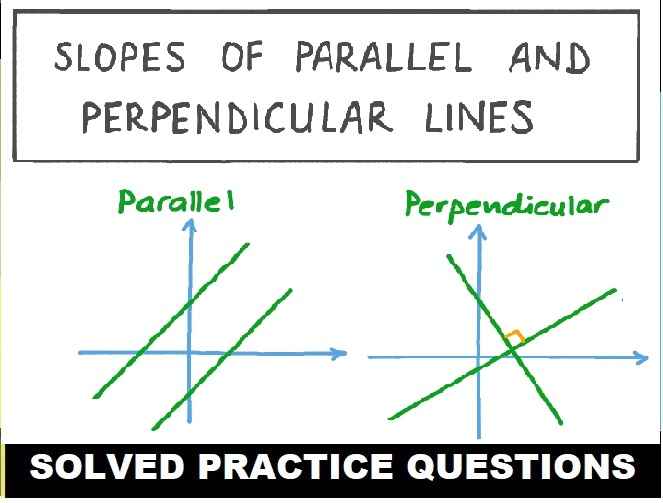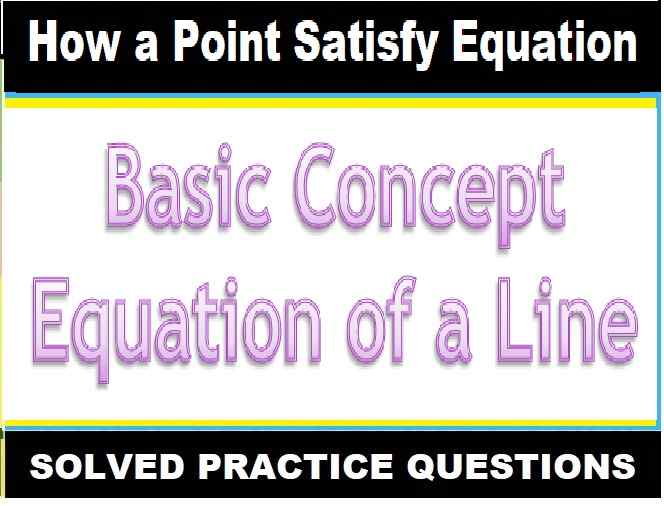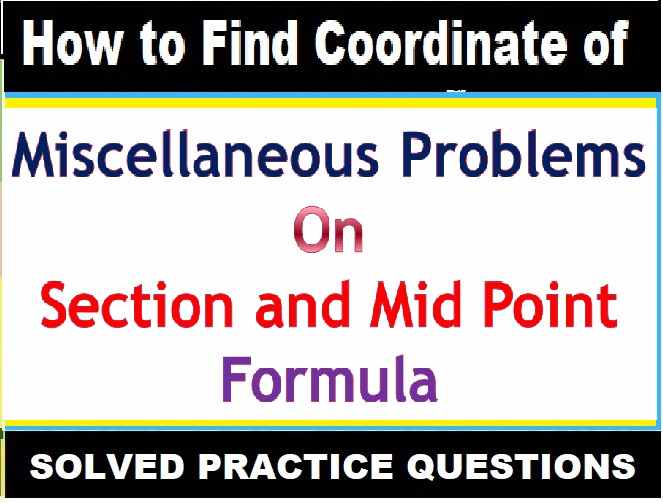Dimensional Analysis Numerical Based on Establishing Relation Among Various Physical Quantities Class 11 ISC Nootan Physics Solutions Ch-3. Step by step solutions of Kumar and Mittal Physics of Nageen Prakashan as council latest prescribe guideline for upcoming exam. Visit official Website CISCE for detail information about ISC Board Class-11 Physics.

Dimensional Analysis Numerical Based on Establishing Relation Among Various Physical Quantities Class 11 ISC Nootan Physics Solutions
| Board | ISC |
| Class | 11 |
| Subject | Physics |
| Writer | Kumar and Mittal |
| Publication | Nageen Prakashan |
| Chapter-3 | Dimensional Analysis |
| Topics | Numericals Based on Establishing Relation Among Various Physical Quantities |
| Academic Session | 2024-2025 |
Numericals Based on Establishing Relation Among Various Physical Quantities
Ch-3 Dimensional Analysis Class 11 ISC Nootan Physics Solutions of Kumar and Mittal Physics of Nageen Prakashan
Question-8: Prove with the help of dimensional analysis that the equation h = 1/2 g t for the distance travelled by a body falling freely under gravity in time t is incorrect. Find the correct equation with the help of dimensions.
Answer- LHS:
[h] = [L]
RHS:
∴[1/2 g t] = [acceleration x time]
=> [1/2 g t] = [LT^-2] x [T]
=> [1/2 g t] = [LT^-1]
Hence RHS ≠ LHS
Question-9: Show dimensionally that the equation of the time- period of a simple pendulum of length 1, given by t = 2πl/g is incorrect. Find its correct form.
Answer- Dimensional form of this equation can be written as –
[t] = [l]^x.[g]^y
[T] = [L]^x.[L1T-2]^y
[T] = [L^(x + y).T^(-2y)]
Comparing indexes on both sides –
0 = x + y …(1)
1 = -2y …(2)
Solving (1) & (2),
x = 1/2
y = -1/2
Substitute this in original eq,
t = k.l^½.g^-½
t = k.√(l/g)
Value of k can be experimentally determined as 2π,
t = 2π √(l/g)
Question-10: Check the correctness of the relation h = r p g / 2S for the height of a liquid of density p and surface tension S, raised in a capillary tube of radius r and angle of contact zero with the liquid. If incorrect, then deduce the correct form.
Answer- h=r p g/2S
writing dimension both side
L = L.ML^-3 LT^-2 / MT^-2
L≠L^-1
∴ correct formula can be obtained by reciprocating right term
i.e. h=2S/r p g.
Question-11: A particle of mass m is tied to a string and swung around in a circular path of radius r with a constant speed v. Derive a formula for the centripetal force F exerted by the particle on our hand, using the method of dimensions.
Answer- Let F, m , v and r are connected as F=m^(a) v^(b) r^(c)
writing dimension of both sides
MLT^-2 = M^(a) [LT^-1]^(b) L^(c)
comparing dimension both sides
we have,
MLT^-2 = M^(a) L^(b)+c T^(-b)
a=1 b=2 c=-1
correct formula is
F = mv^2 r^-1
F = mv²/r
Question-12: The energy E of a particle oscillating in S.H.M. depends on the mass m of the particle, frequency n and amplitude a of oscillation. Show dimensionally that E∝mn² a².
Answer- Let E ∝ M^(x) n^(y) a^(z)
writing dimensions both sides
ML^2T^-2 ∝ M^(x) [T^-1]^y L^(z)
we have
x=1 y=2 z=2
substituting all values we have
E ∝ mn²a²
Question-13: The velocity of transverse waves along a string may depend upon the length l of the string, tension F in the string and mass per unit length m of the string. Derive a possible formula for the velocity dimensionally.
Answer- Let v ∝ f^(a) m^(b)
writing dimensions both sides
LT^-1 ∝ [MLT^-2]^a [ML^-1]^b
m is mass per unit length
a=1/2 b=-1/2
substituting values
v ∝ f^1/2 m^-1/2
v=k √f/m
Question-14: The frequency n of a tuning fork depends upon the length 1 of the prong, the density p and the Young’s modulus Y of its material. From dimensional considerations, find a possible formula for the fine frequency of tuning fork.
Answer- Let n ∝ Y^(a) p^(b) l^(c)
writing dimension both sides
T^-1 ∝ [ML^-1T^-1]^a [ML^-3]^b L^(c)
Y has same dimension as pressure
a= 1/2 b=-1/2 c=-1
∴correct relation is n ∝ Y^1/2 p^-1/2 l^-1
i e n=k/l √Y/p
Question-15: The frequency n of an oscillating liquid drop may depend upon the radius r of the drop, density p and surface tension S of the liquid. Obtain a formula force the frequency by the method of dimensions.
Answer- r= radius = [L].
d= p= density = [M ][L^-3]
S = Surface Tension = [M T^-2]
n = frequency = k* r^(a) * p^(b) * S^(c).
So [T^-1] = [M^(b+c)] [L^a-3b] [T^-2c]
Equating powers: a = -3/2. b= -1/2. c=1/2.
Answer: n = k√(S/(p*r^3))
Or n = k √(S/m).
Question-16: A liquid of density p is filled in a U-tube of uniform cross-section up to a height h. If the liquid in one limb of the tube is pressed slightly downward and then left, the liquid column executes vertical oscillations Assuming that the period t of oscillations may depend on h, p and g, find a possible formula for t by the method of dimensions.
Answer- Let t ∝ h^(a) g^(b) p^(c)
writing dimensions both sides
T ∝ L^(a) [LT^-2]^b [ML^-3]^c
comparing dimensions
a=1/2 b=-1/2 c=0
substituting values
t ∝ h^1/2 g^-1/2
or t=k √h/g.
—: end of Dimensional Analysis Numerical Based on Establishing Relation Among Various Physical Quantities :—
Return to : – Nootan Solutions for ISC Physics Class-11 Nageen Prakashan
Thanks
Please Share with your friends if helpful


